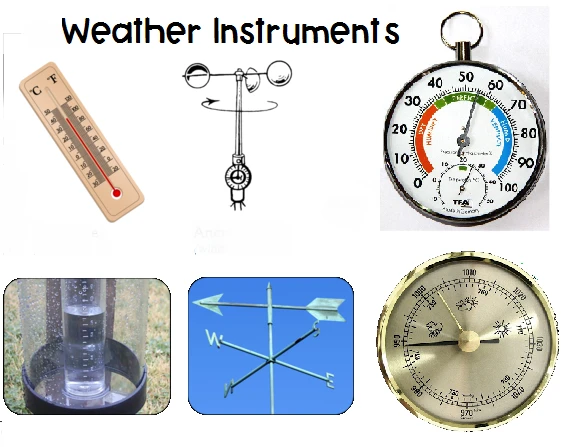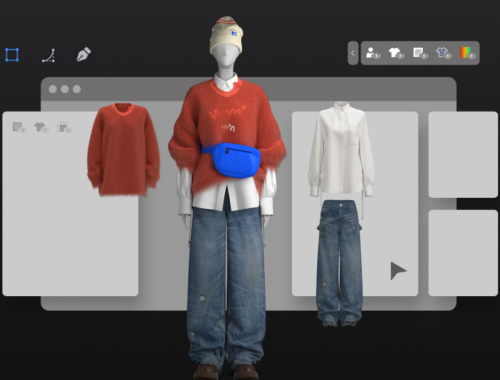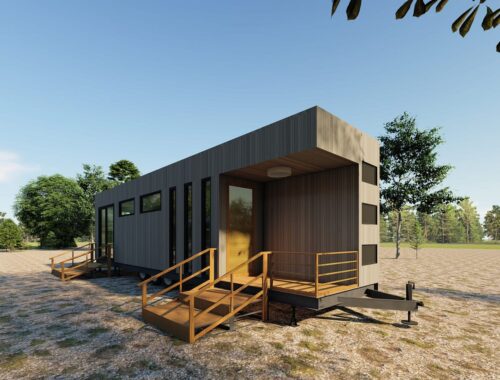Weather Gauges and Instruments for Accurate Meteorological Measurements

# Weather Gauges and Instruments for Accurate Meteorological Measurements
## Introduction to Weather Gauges and Instruments
Weather gauges and instruments play a crucial role in meteorological measurements, providing essential data for weather forecasting, climate studies, and environmental monitoring. These tools help scientists and meteorologists collect accurate information about atmospheric conditions, enabling better predictions and understanding of weather patterns.
## Essential Weather Measurement Tools
### Thermometers
Thermometers are fundamental instruments used to measure air temperature. Modern digital thermometers provide precise readings, while traditional mercury or alcohol thermometers remain reliable for many applications.
### Barometers
Barometers measure atmospheric pressure, which is critical for predicting weather changes. Mercury barometers and aneroid barometers are commonly used types, with digital versions becoming increasingly popular.
### Hygrometers
These instruments measure humidity levels in the air. Psychrometers (wet-and-dry bulb thermometers) and capacitive hygrometers are among the most accurate types for meteorological purposes.
## Precipitation Measurement Instruments
### Rain Gauges
Rain gauges collect and measure the amount of liquid precipitation over a set period. Standard rain gauges, tipping bucket rain gauges, and weighing rain gauges are the primary types used in weather stations.
### Snow Gauges
Specialized instruments like snow pillows and ultrasonic snow depth sensors measure snowfall and snow water equivalent, important for hydrological studies and winter weather forecasting.
## Wind Measurement Devices
### Anemometers
Anemometers measure wind speed, with cup anemometers and sonic anemometers being the most common types used in meteorological stations.
### Wind Vanes
Wind vanes indicate wind direction, typically mounted alongside anemometers to provide complete wind measurement data.
## Advanced Meteorological Instruments
### Weather Radiosondes
These instrument packages are carried aloft by weather balloons to measure atmospheric parameters at various altitudes, transmitting data back to ground stations.
### Doppler Radar Systems
Advanced radar systems provide detailed information about precipitation intensity, storm structure, and wind patterns, revolutionizing severe weather detection.
## Importance of Proper Instrument Maintenance
Regular calibration and maintenance of weather instruments are essential for ensuring data accuracy. Exposure to harsh environmental conditions can affect instrument performance, making routine checks and servicing critical for reliable measurements.
## Choosing the Right Weather Instruments
When selecting weather gauges and instruments, consider factors such as measurement range, accuracy requirements, durability, and compatibility with data recording systems. Professional meteorological stations typically use more sophisticated equipment than personal weather stations.
## The Future of Weather Measurement Technology
Emerging technologies like miniaturized sensors, satellite-based measurements, and AI-powered data analysis are transforming meteorological instrumentation, promising even more accurate and comprehensive weather data collection in the future.
Keyword: weather gauges instruments
You May Also Like

AI in Fashion: Transforming Design, Shopping, and Sustainability for the Future
March 1, 2025
コンテナハウスの魅力と活用方法
March 14, 2025